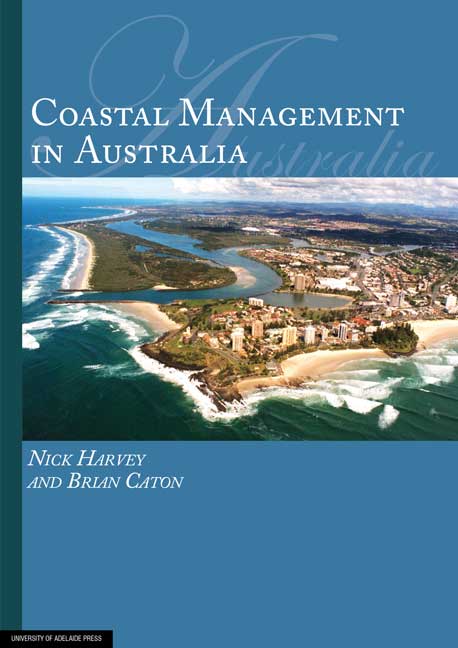4 - Managing the Australian Coast
Published online by Cambridge University Press: 05 June 2012
Summary
The first chapter of this book examined some of the global imperatives for coastal management, pointing out that (1) most people live on or close to the world's coast, (2) the global population has a high dependency on coastal resources, and (3) human impact on the coast is already at significant levels and is increasing. The second chapter used a number of Australian coastal examples to stress the need to understand coastal processes in order to formulate effective coastal management strategies. The third chapter then illustrated various forms of human impact on the Australian coast, and noted that many of our coastal problems related to either increased human pressure, a poor understanding of coastal processes and/or inadequate planning and management.
This chapter turns to coastal management principles and practices, and examines how these operate within the complexity of the different roles of Australian governments and interactions with different community and interest groups. This is further complicated by the range of different legislative mechanisms and instruments for dealing with coastal management in each jurisdiction.
The need for management
Given that there is clearly a need for effective coastal management in Australia, how do we go about it? What is coastal management, and what is the difference between that and coastal planning? Are there well-defined methodologies or guidelines for coastal management, and what is considered ‘best practice’ in coastal management?
The answers to these questions are not simple, since coastal management is not just about dealing with coastal impacts from identified coastal resource uses.
- Type
- Chapter
- Information
- Coastal Management in Australia , pp. 194 - 291Publisher: The University of Adelaide PressPrint publication year: 2010



